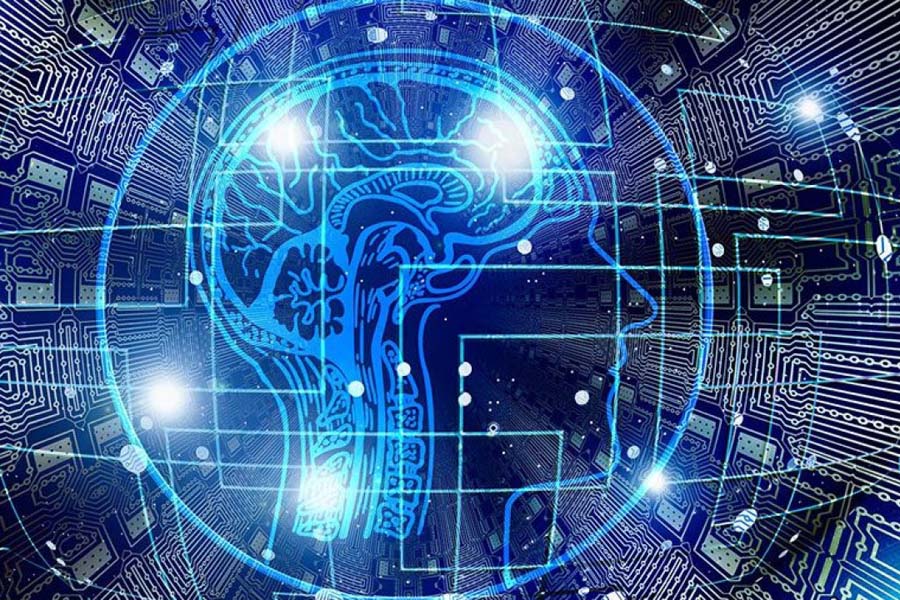...

Analysis of individual data creates a unique pattern based on likes and visits.
By Catalina Torres
Machine learning is an algorithmic process that uses statistics to find patterns in massive amounts of data. Today, the algorithm becomes essential when entering any online platform or service. The network of recommendations based on searches and likes is increasingly accurate thanks to this process.
Each platform that is used on a daily basis – Google, Netflix, Instagram, Facebook, to name a few – collects information and data on the way in which each user interacts, linking searches with likes or visits. This, in order to predict the best type of content for the user and, at the same time, the most attractive advertising.
The Massachusetts Institute of Technology (MIT) notes that the process “is pretty basic: find the pattern, apply the pattern. But it practically runs the world. ” Thanks to the neural network, which works very similar to neurons in the human brain, machines can apply deep learning on all movements of the user on the internet. Thus they can predict behavior even with the least amount of information available.
But machine learning is not a unique process. The MIT indicates that it comes in three “flavors”: supervised, unsupervised and reinforced. In supervised learning, which is the most common, already classified information and data tells the machine what patterns to look for. In simple terms, YouTube and Netflix show videos, movies and series related to the content that has been seen, recognizing patterns such as who uploaded the video, the topic or the actor.
Unsupervised learning corresponds to the previous stage of the supervised, although it is maintained throughout the process. It is mainly responsible for categorizing and classifying information, trying to create its own pattern. When faced with a new YouTube or Netflix account, the data is not enough to predict behavior and each search or visit is tagged for future predictions.
Reinforced learning is like trial and error. The algorithm suggests something you might like, but the user decides whether to view it or remove it. YouTube allows you to remove some suggestions with the “I’m not interested” button, information that is recorded to more accurately predict the behavior pattern.
Inspiration source: MIT Technology Review